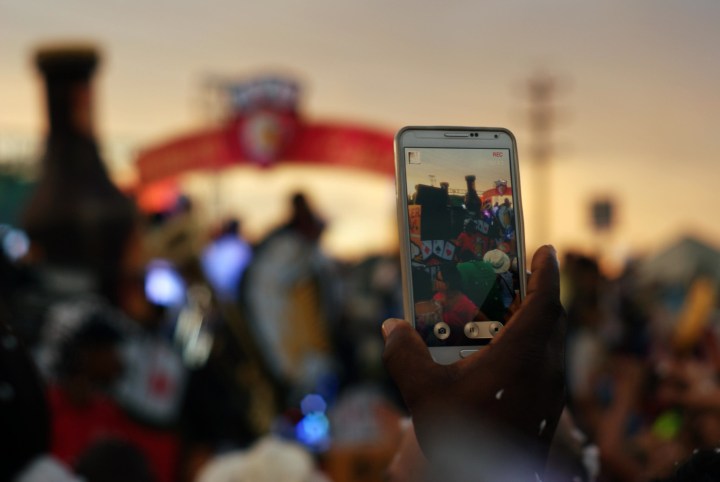
This is a result, not surprisingly, of a huge shift toward mobile-first media production. Our phones are the one screen we have that gets viewed in portrait orientation, and we look at our phones a lot — 89 percent of mobile users in the U.S. use their phones to access the news. That means news outlets — the last great bastion of stalwart horizontal holdouts — are now focusing on vertically oriented content, according to a report in Time.
“It’s no secret that our audience is increasingly experiencing our journalism on mobile devices,” New York Times’ photo editors Jeff Furticella and Becky Lebowitz told Time. “So in the past year or so we’ve made a point to focus on experimenting with new ways to reach them.” For the New York Times, that doesn’t mean traditional horizontal imagery is going away, but rather that unique experiences are being created for each story for the different outlets of print, desktop, and mobile.
Mobile apps are leading the charge to vertical imagery. YouTube, which at one time didn’t support vertical videos at all, changed its mind last year, allowing the once-shunned format to play natively in its iOS and Android apps. When Instagram announced support for multiple aspect ratios, users flocked to portrait orientation because the photos showed up so much larger than those shot in landscape orientation. (If Instagram simply allowed us to rotate our phones to view horizontal photos full screen, maybe this would change.)
Time also cites the impressive growth of Snapchat as a reason why individuals and publishers alike have adopted vertical video. It simply makes sense in a Snapchat story, since people are already holding their phones vertically. (This is anecdotal, but we have witnessed people tilt their head sideways to view horizontal content on Snapchat rather than rotate their phones.)
On a commercial level, shooting for Instagram or Snapchat isn’t much different from shooting for a magazine cover or a specific print size. From an artistic perspective, however, one of the issues of producing content for a device is that the device does not necessarily conform to the best expression of the idea. Conforming our ideas to the device, instead, seems to go against what art is all about, and is not something that photographers have traditionally had to deal with (you can hang a picture on a wall any old way). But such a challenge can also breed creativity.
“In the last couple of years I’ve actually started to really gravitate towards verticals,” photographer Natalie Keyssar told Time. “To me, I guess, a vertical is a symbol, whereas a horizontal is a story.”



